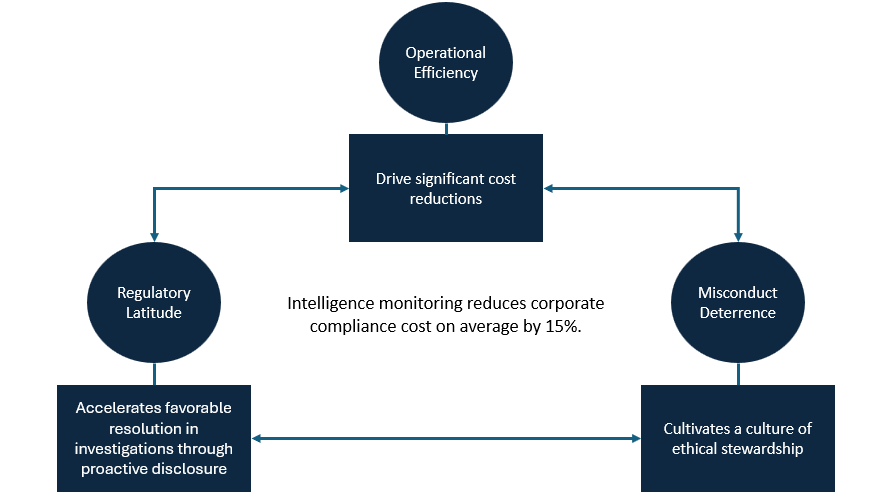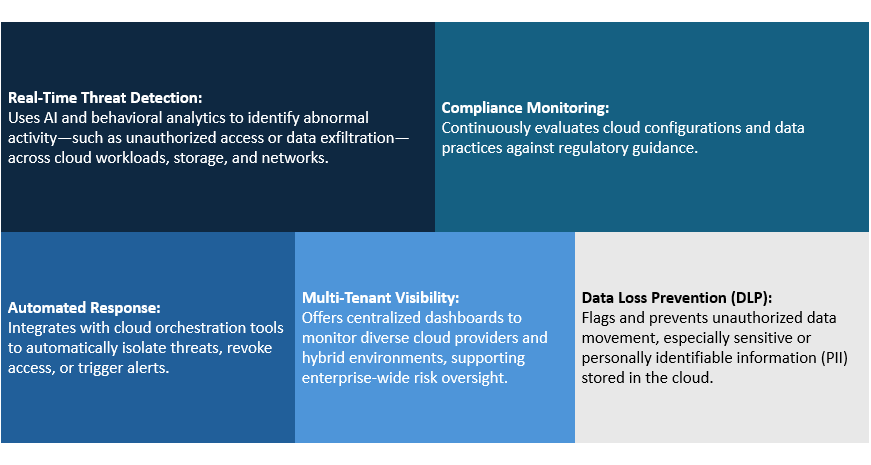Business Resilience: Intelligence Monitoring in Corporate Compliance
In the modern regulatory landscape, corporate compliance has evolved beyond traditional frameworks to embrace more dynamic, technology-driven approaches. Among the most transformative of these is intelligence monitoring—an integration of artificial intelligence, data analytics, and real-time surveillance that reshapes how organizations detect and respond to compliance risks. This innovation is not merely a technological upgrade; it signifies a philosophical shift toward preemptive governance and ethical vigilance. Companies that adopt intelligence monitoring cultivate resilience, strengthen internal integrity, and elevate their standing with regulators and stakeholders alike.
Benefits of Intelligence Monitoring in Corporate Compliance: Cause and Effect
The Regulatory Evolution
The increasing complexity of regulations demands more than episodic audits or reactive investigations. Today’s regulatory bodies expect companies to demonstrate continuous oversight, transparent operations, and swift remediation when issues arise. Intelligence monitoring answers this call by enabling organizations to detect misconduct or operational anomalies as they occur—rather than after damage has already been done. Where traditional compliance relied on sampling and retrospective review, intelligence monitoring offers full scope visibility and real time alerts. This shift not only satisfies regulators’ expectations but redefines the standard of due diligence across industries.
A Cause-and-Effect Chain of Benefits
The benefits of intelligence monitoring are not abstract. They materialize in tangible improvements across multiple dimensions of corporate operations. First, early detection of irregularities—whether related to financial fraud, cybersecurity breaches, or environmental noncompliance—allows for timely intervention. The earlier a risk is flagged, the more effectively it can be contained, investigated, and corrected. This minimizes exposure to penalties, reputational harm, and operational disruptions.
Second, intelligence monitoring significantly reduces the administrative burden of compliance. By automating the detection and analysis of compliance data, organizations free their human resources from repetitive manual tasks. This enables compliance officers to focus on strategic initiatives rather than routine reviews. The outcome is a leaner, more agile compliance function that contributes meaningfully to the enterprise’s broader goals.
Third, intelligence monitoring enhances corporate transparency. The use of dashboards and visualization tools gives executives and board members real time access to risk indicators and compliance metrics. This visibility strengthens governance, fosters a culture of accountability, and builds trust internally and externally. In moments of scrutiny, organizations that maintain a comprehensive and traceable record of their compliance efforts are better positioned to demonstrate good faith and operational integrity.
Key Features of Intelligence Monitoring in Cloud Environments
Comparative Advantages
When contrasted with conventional methods, intelligence monitoring offers a superior model of risk management. Traditional compliance practices often rely on static checklists, fixed reporting cycles, and sporadic enforcement. These methods can obscure emerging threats and create blind spots that only become visible during formal investigations. In contrast, intelligence monitoring offers continuous surveillance and adaptive learning, enabling systems to evolve with changing risk profiles. The result is a compliance program that is not only more robust but also more responsive.
This proactive posture carries reputational and strategic advantages. Companies that anticipate and address risks internally are perceived as more trustworthy, ethical, and well managed. This perception can influence stakeholder confidence, partnership opportunities, and customer loyalty. Moreover, in the event of regulatory inquiries, a well documented history of internal monitoring often earns trust, further underscoring the long term value of these systems.
Use Cases as Proof of Concept
Across a wide range of industries, forward looking organizations have already embraced intelligence monitoring with impressive results. In the technology sector, firms use machine learning to anticipate cybersecurity threats and adjust their defenses in real time. In pharmaceuticals, companies analyze clinical data to ensure regulatory compliance before new drugs reach the market. In manufacturing, sensor data is monitored continuously to preempt safety or environmental violations. These examples illustrate that intelligence monitoring is not confined to theory; it is actively shaping practice.
Reframing Compliance as Strategy
At its core, intelligence monitoring represents a reimagining of corporate compliance—not as an obligation, but as a strategic function. By embedding intelligent systems into daily operations, organizations do more than protect themselves from fines or sanctions. They create a resilient infrastructure that supports long term growth, ethical leadership, and competitive differentiation. They demonstrate a commitment not just to following rules, but to fostering a culture where integrity is measurable, visible, and actionable.
The adoption of intelligence monitoring is a decisive step toward transforming compliance from a static duty into a dynamic asset. As regulations grow more intricate and enforcement becomes more sophisticated, companies must evolve in parallel. Intelligence monitoring equips organizations to meet these challenges head on by illuminating risks, streamlining oversight, and reinforcing trust. Those who embrace this approach will not only safeguard their present but also secure their future in an increasingly accountable world.



